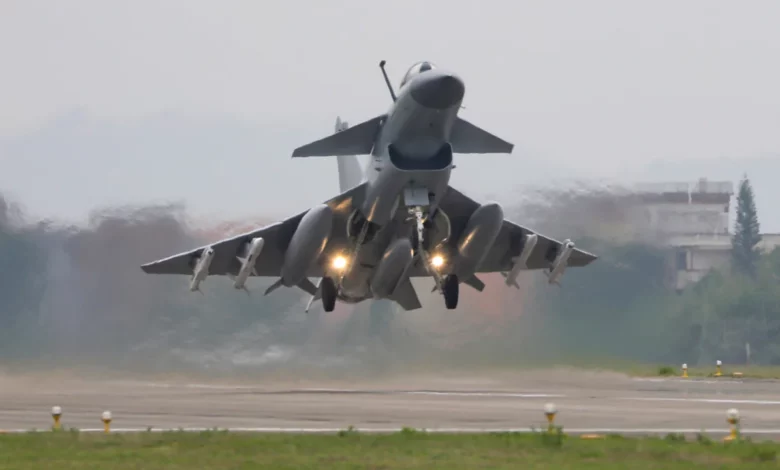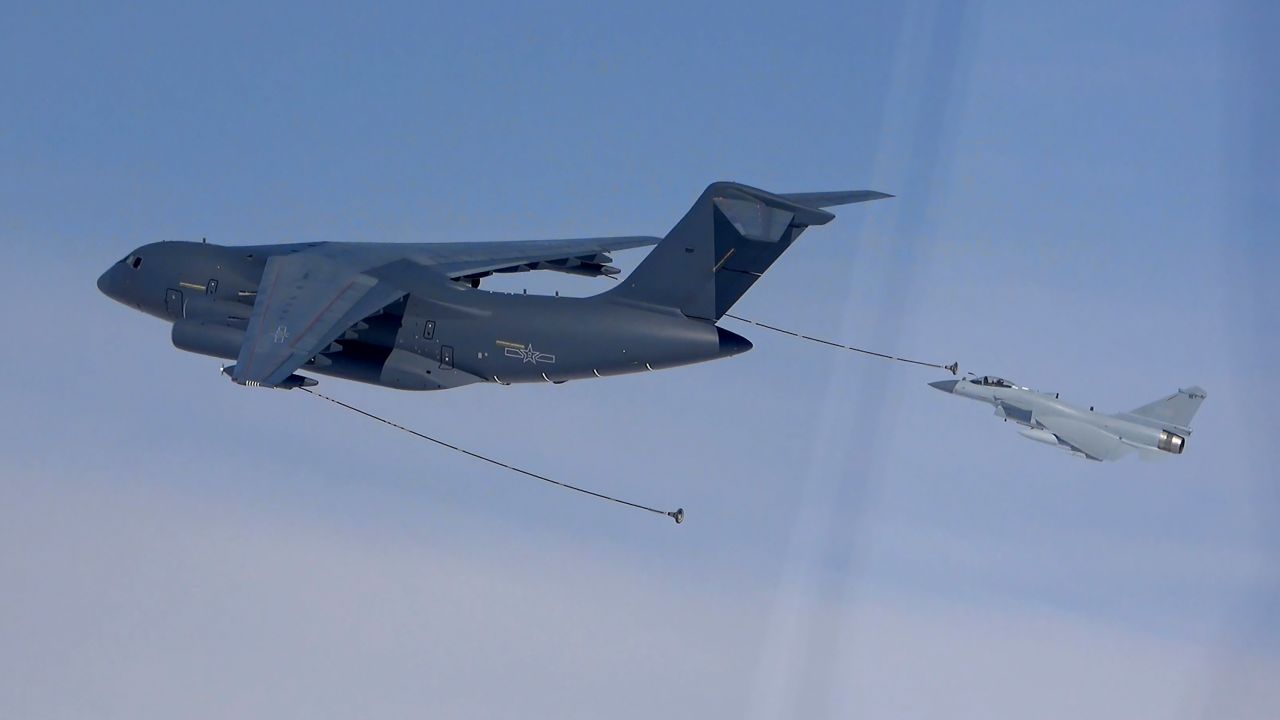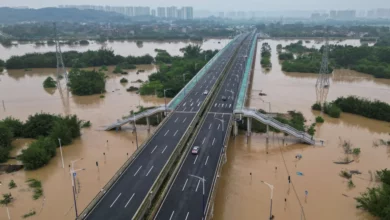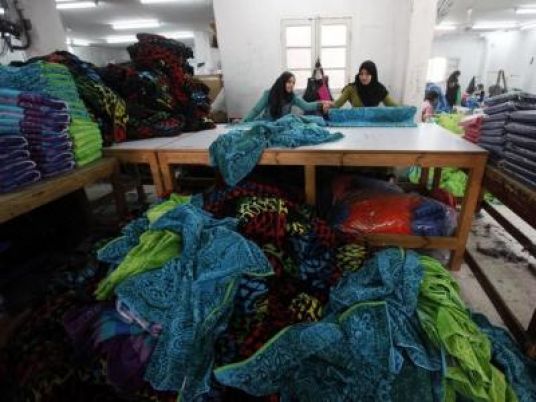
The People’s Liberation Army (PLA) activity has a range of implications, none of them positive for Taiwan or cross-strait stability, analysts say.
According to figures from Taiwan’s Defense Ministry, 38 PLA aircraft were detected around the island in the 24 hours ending at 6 a.m. local time on Wednesday, 33 in the same period Thursday and 30 during the same period Friday.
Over those 72 hours, 73 PLA aircraft either crossed the strait’s median line – an informal demarcation point that Beijing does not recognize but until recently largely respected – or entered the southeastern or southwestern parts of the island’s ADIZ.
China’s ruling Communist Party claims the self-governing democracy of Taiwan as its territory despite never having controlled it, and has spent decades trying to isolate it diplomatically. Beijing has not ruled out using force to take control of the island.
The PLA aircraft detected this week included fighter jets, H-6 bombers, anti-submarine warning aircraft and reconnaissance drones, Taiwan’s Defense Ministry said.
The ministry said it tasked combat air patrol warplanes, naval vessels and land-based missile defense to monitor the PLA aircraft, along with nine Chinese warships that were present around the island.
Their response underscores the problem that increased PLA activity poses to Taiwan, said Carl Schuster, a Hawaii-based analyst and former director of operations at the US Pacific Command’s Joint Intelligence Center.
When Taiwan’s military responds to PLA operations, it taxes the island’s systems and equipment.
“Constant use creates a maintenance headache that reduces readiness until (spare) parts are delivered and installed,” he said. “Also, air frames and hulls require inspection and refurbishment as certain age and stress times are reached.”
He also says surges in PLA activity are aimed at wearing down the mental ability of Taiwan’s people to resist a potential takeover by Beijing.
“Beijing hopes Taipei will just accept unification as inevitable and allow Chinese forces in without resistance. They are trying to diminish if not destroy the Taiwan population’s will to resist,” he said.
But even if that tactic does not work, the continued presence of large numbers of PLA warplanes and ships around Taiwan can lull the island’s defenders – both the Taiwanese military and any potential external reinforcements – into complacency, he said.
Under the Taiwan Relations Act, Washington has agreed to give Taiwan the ability to defend itself, largely through weapons sales, although President Joe Biden has said repeatedly that US troops would defend the island in the event of a Chinese invasion.
Either way, with US equipment or even fighting troops, it may become too late for Washington to come to Taipei’s rescue if large amounts of PLA planes and ships are already on station around the island.
“The longer the delay in reacting to PLA buildups, the less time available to match or counter that buildup. The US margin of advantage is too slim to achieve success if its forces move too late,” Schuster said.
From the PLA’s perspective, sustained drills are a necessary part of readiness to execute any move on Taiwan, the former US Navy captain said.
“PLA forces need constant training since such skills are perishable and exercises offer both training in those skills and opportunities to rehearse and examine some aspects of war plans,” he said.
“Military operations are complex, like American football. The plays and drives require constant practice and rehearsal to be conducted effectively,” Schuster added.

US flight in Taiwan Strait
China last held three days of intensive military drills around Taiwan in April, exercises the PLA said “comprehensively tested joint combat capabilities of its integrated military forces under actual combat situation.”
“Forces in the command is ready for combat at all times, and will resolutely destroy any type of ‘Taiwan independence’ separatist or foreign interference attempts,” a PLA statement after the April drills said, according to state broadcaster CCTV.
As for this week’s drills, a report in the state-run Global Times said they “aim to safeguard national sovereignty, unity and territorial integrity.”
“Such drills are becoming more combat-oriented and more intensive in order to deter and prepare for interferences from external forces,” the report said, citing Chinese experts.
Meanwhile, the activity in and around the Taiwan Strait in the past few days hasn’t been limited to the PLA.
A US Navy P-8A reconnaissance jet transited the strait on Thursday, according to a statement from the US 7th Fleet in Japan.
“The aircraft’s transit of the Taiwan Strait demonstrates the United States’ commitment to a free and open Indo-Pacific. The United States military flies, sails and operates anywhere international law allows,” the statement said.
On its English-language website, the PLA accused the US military of hyping the situation, and a spokesperson for the Eastern Theater Command said PLA troops tracked and monitored the US plane.
US Secretary of Defense Lloyd Austin told CNN Thursday that he doesn’t see confrontation between the US and China involving Taiwan as “imminent” or “unavoidable.”
“But having said that it’s my job to make sure that we have to continue to maintain a credible deterrence in the Indo-Pacific,” he said. “The most credible deterrent is a combat capable force and that’s what we have today.”
CNN’s Zahid Mahmood contributed reporting.




